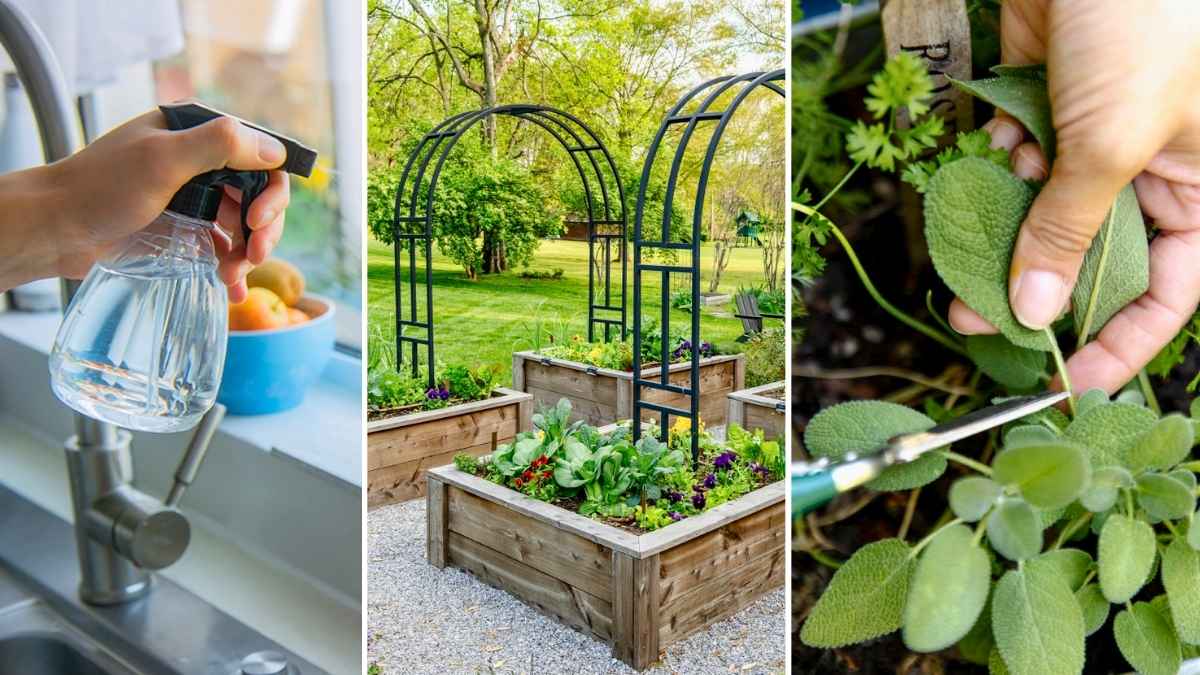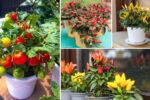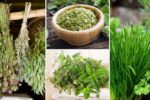Join on WhatsApp
Get the latest updates directly on WhatsApp – motivation, news & more!
Bringing the freshness of herbs indoors is not just a delightful hobby but also a smart way to elevate your cooking, enhance your home’s aesthetics, and enjoy a little slice of nature all year round. Whether you’re short on outdoor space or just want easier access to fresh basil or mint while cooking, setting up an indoor herb garden is a rewarding project. This guide will walk you through the essentials of getting started, maintaining healthy plants, and enjoying the fruits (or rather, leaves) of your labor.
Choosing the Right Herbs
Not all herbs thrive indoors, so selecting the right ones is the first step to success. As a beginner, it’s wise to start with herbs that are low-maintenance, fast-growing, and tolerant of indoor conditions. Popular options include basil, parsley, chives, mint, oregano, thyme, and cilantro. These herbs generally adapt well to windowsill gardens and don’t require expert-level care.
Think about what you actually use in your kitchen. Love Italian food? Basil and oregano are must-haves. Enjoy teas? Mint is an easy and aromatic option. Choosing herbs based on your personal cooking style ensures your garden stays practical and exciting.
Finding the Best Location
Herbs are sun-lovers by nature. Most require at least 4 to 6 hours of sunlight each day to grow well. A sunny windowsill especially one that faces south or southwest is usually the ideal spot. If your home lacks sufficient natural light, you can supplement with grow lights. These can be as simple as clip-on LED grow lamps or full-spectrum light bars mounted above your planters.
Avoid placing your herbs too close to heat vents or drafty windows, as extreme temperature shifts can stress the plants. Maintaining a steady indoor temperature between 65°F and 75°F will keep most herbs happy and productive.
Choosing the Right Containers
Your herbs need containers that allow for proper drainage. Most standard plant pots come with a hole at the bottom, which is essential to prevent overwatering and root rot. If you’re repurposing decorative containers that don’t have holes, consider using them as outer sleeves around plastic nursery pots with drainage.
Size matters too. A small pot about 4 to 6 inches in diameter is usually enough for most individual herbs. Some herbs like mint grow aggressively and may need a larger container to avoid becoming root-bound. If you’re limited on space, look into vertical planters or tiered stands that let you grow multiple herbs in a compact area.
Soil and Planting Tips
Use a well-draining potting mix rather than outdoor garden soil. Indoor potting mixes are formulated to hold enough moisture for the roots without becoming waterlogged. You can also mix in some perlite or coarse sand for added drainage.
When planting from seed, follow the instructions on the seed packet for depth and spacing. Keep the soil moist during germination, which can take anywhere from a few days to a couple of weeks depending on the herb. If you’d rather skip the wait, buying young starter plants from a nursery or grocery store is a great way to jumpstart your indoor herb garden.
Watering and Feeding Your Herbs
One of the biggest mistakes new herb gardeners make is overwatering. It’s important to let the top inch of soil dry out between waterings. You can test this with your finger if it feels dry, it’s time to water. When you do water, do so thoroughly until it starts to drain from the bottom of the pot.
Herbs aren’t heavy feeders, but a little fertilizer goes a long way. Use a diluted liquid fertilizer every 4 to 6 weeks to keep your herbs growing strong. Organic options like fish emulsion or seaweed extract are gentle and effective.
Pruning and Harvesting
Regular pruning not only encourages bushier, healthier plants but also gives you a steady supply of fresh herbs. For most herbs, you’ll want to snip leaves from the top, just above a leaf node (where leaves meet the stem). This encourages the plant to branch out and produce more foliage.
Don’t be afraid to harvest often, but avoid taking more than one-third of the plant at a time. Overharvesting can weaken the plant, while light, frequent snipping keeps it productive.
Managing Pests and Problems
Even indoors, pests can occasionally make an appearance. Common culprits include aphids, spider mites, and fungus gnats. Inspect your plants regularly, especially the undersides of leaves, for any signs of trouble. If pests show up, treat them early with neem oil, insecticidal soap, or by rinsing the leaves with water.
Good air circulation and proper watering practices go a long way in preventing issues like mold and root rot. If a plant starts to yellow or look sickly, check its roots and soil conditions before adding more water or fertilizer.
Using and Storing Your Herbs
Fresh herbs are best used right after harvesting, but there are ways to preserve any surplus. Soft herbs like basil and cilantro can be chopped and frozen in olive oil using ice cube trays. Woody herbs like thyme and oregano can be tied in bundles and air-dried for longer-term storage.
Having fresh herbs on hand can elevate everything from scrambled eggs to soups and pasta. You’ll likely find yourself experimenting more in the kitchen just because those fragrant, flavorful greens are right there at your fingertips.
Expanding Your Garden Over Time
Once you’ve mastered a few herbs, you might feel inspired to grow more or even try your hand at vegetables like cherry tomatoes or salad greens. Many indoor gardeners enjoy mixing herbs with decorative houseplants for a beautiful, functional display.
If space allows, consider dedicating a shelf or cart to your indoor garden. Add some small tools, watering cans, and a journal to track your growing journey. Before long, you’ll have a thriving little oasis that not only feeds your body but also lifts your mood.
Final Thoughts
Starting an indoor herb garden is a satisfying project that blends practicality with a touch of green therapy. With the right setup, a little care, and some patience, you’ll be rewarded with a constant supply of fresh flavors and a daily connection to nature. Whether you’re a budding home chef or simply someone who loves plants, growing herbs indoors is a fulfilling way to bring life into your home.




